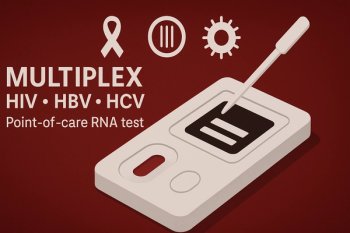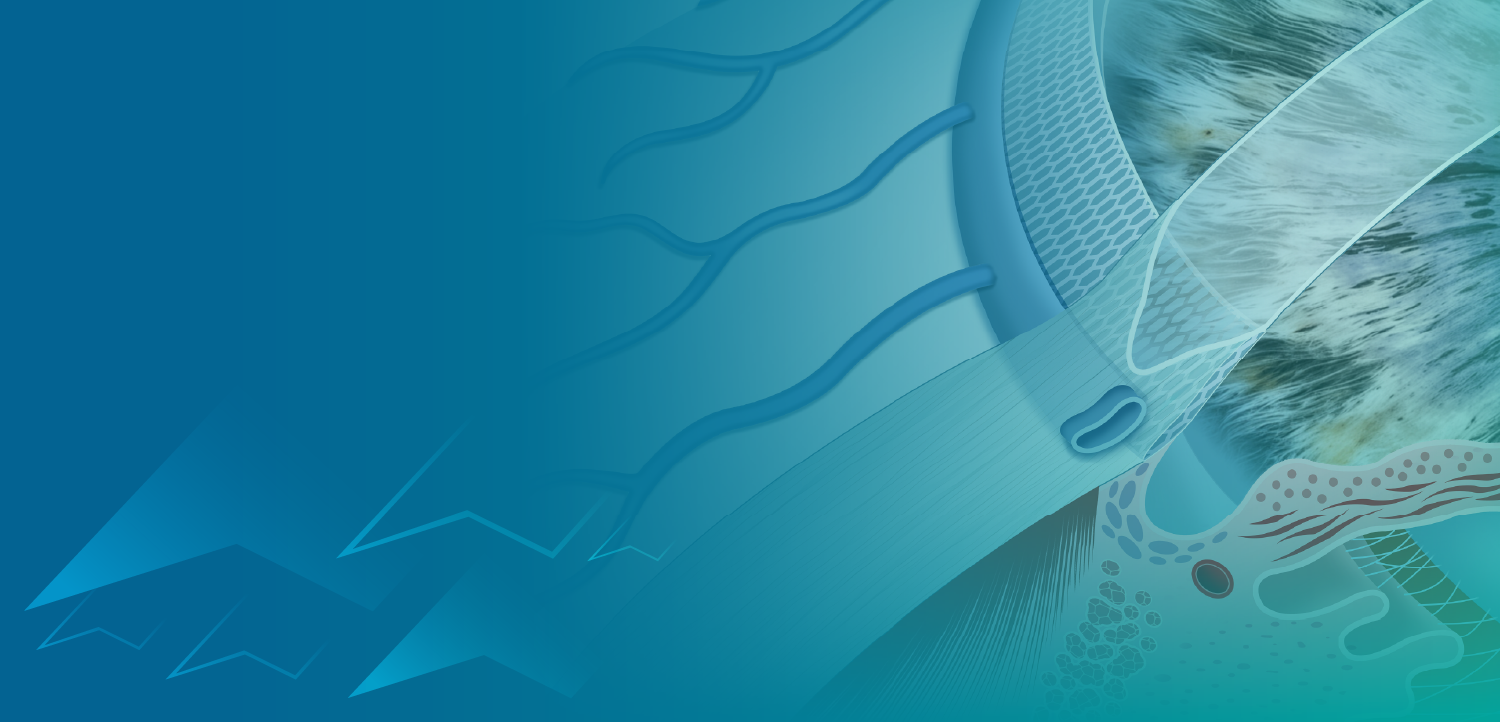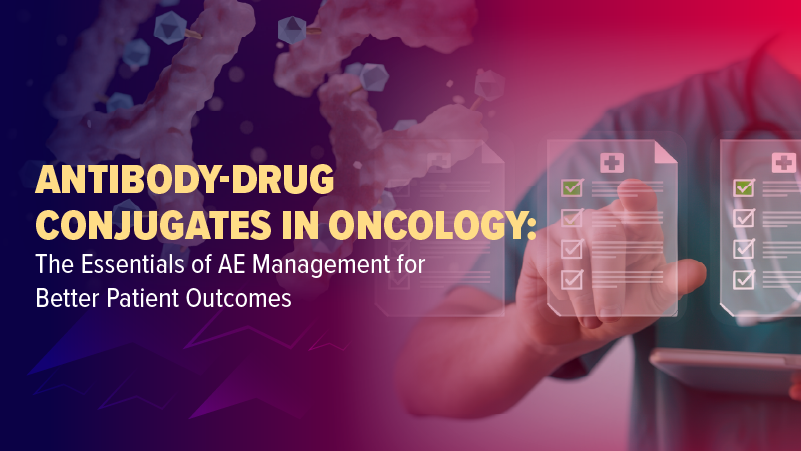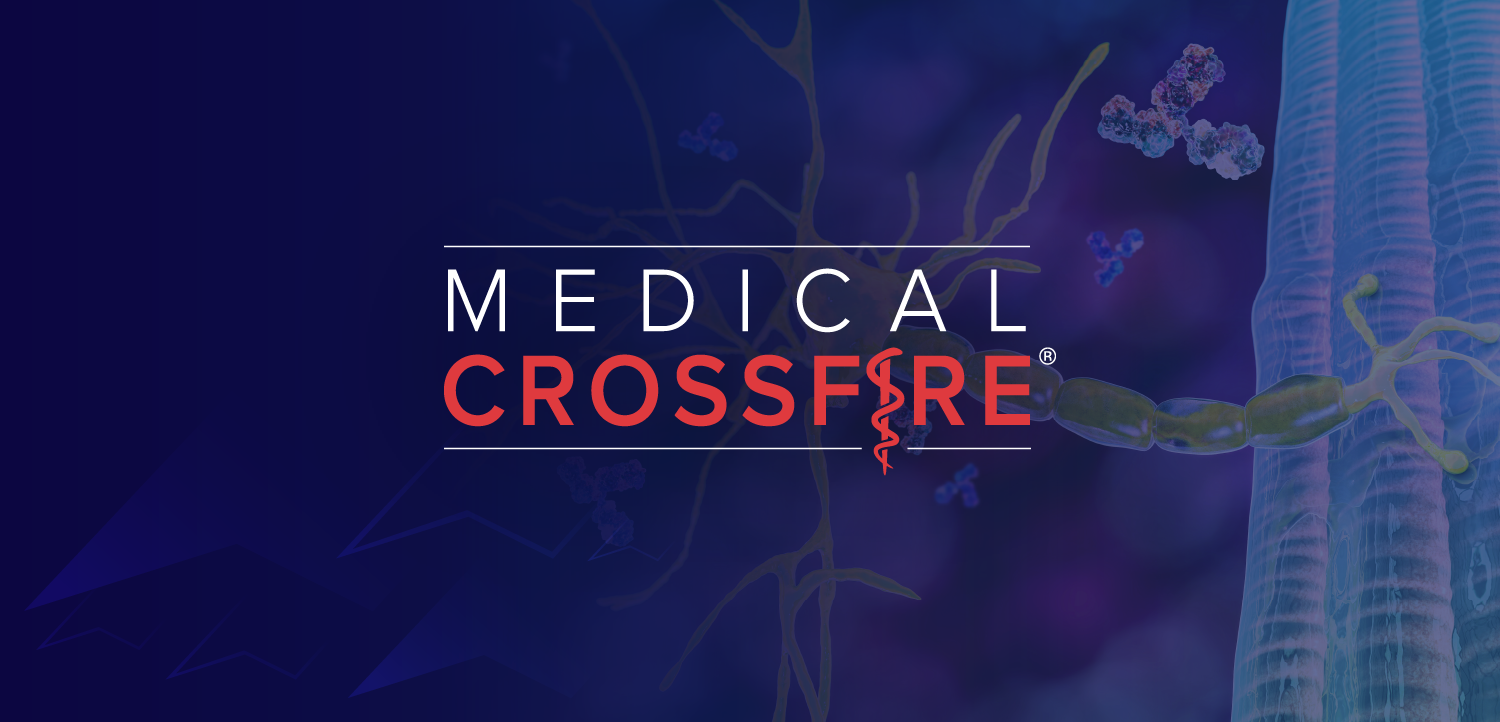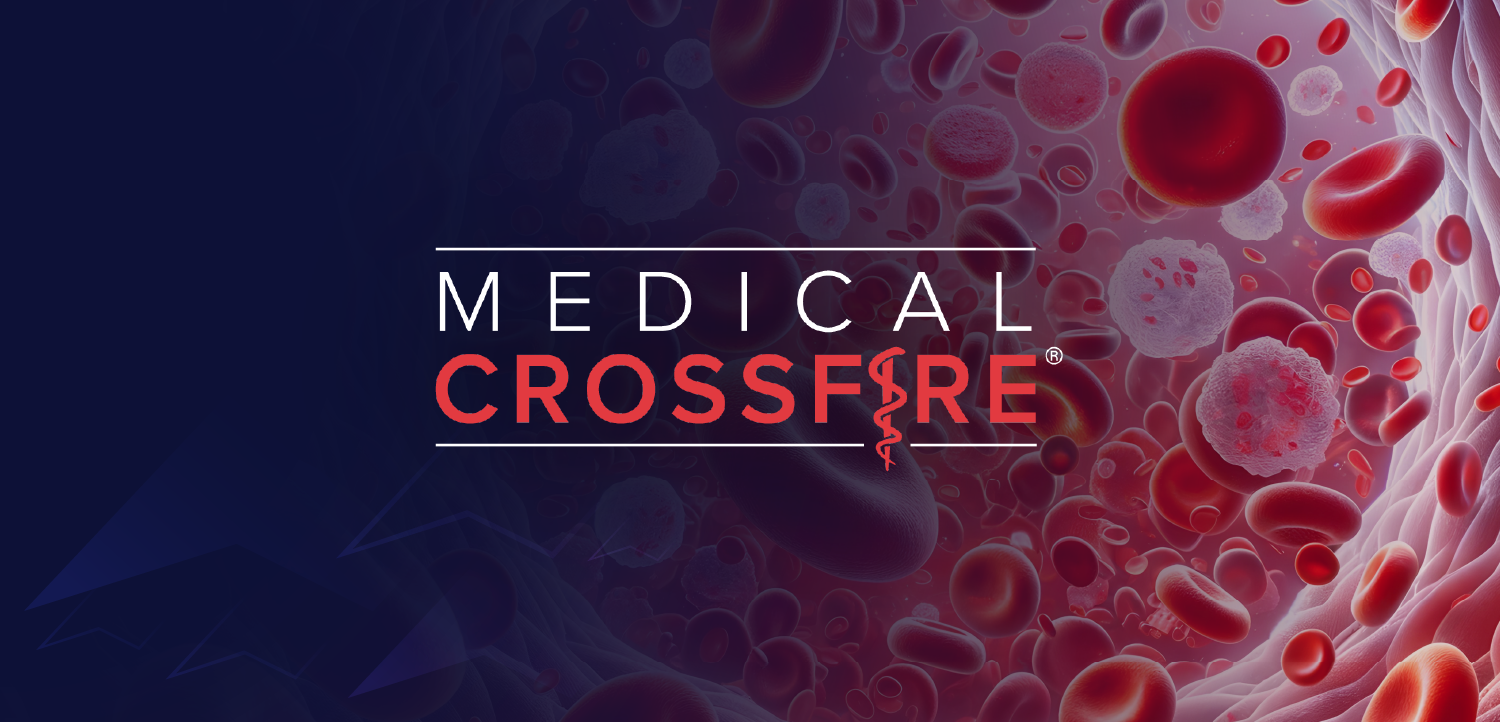
Improving Biodefense Through Homeland Security
From biosensors to travel screening efforts, here's how DHS is beefing up biodefense.
Biodefense efforts encompass a spectrum of topics, industries, and efforts. From vaccine development to public health surveillance and research, there are a handful of the avenues to focus on in the world of biodefense and global health security. One of the major players in building US biodefense capacity and capabilities is the Department of Homeland Security’s (DHS) Science and Technology program.
At the 5th Annual
In terms of biodefense, DHS focuses on the threat space that includes deliberate uses of biological weapons, accidents/negligence, or natural disease outbreaks. From package and cargo screening in the face of the opioid epidemic to responding to infectious disease threats like Ebola, DHS works to help identify operational gaps and also coordinate efforts. During the 2014 Ebola outbreak, for example, DHS collaborated to establish enhanced travel screening from 3 of the affected countries, resulting in evaluation of 94% of travelers from those areas.
Lindler discussed the process of screening travelers during Ebola outbreaks, which involved primary screening by Customs and Border Patrol staff, then a secondary screening involving temperature measurement and potential referral to the US Centers for Disease Control and Prevention personnel for tertiary screening. The DHS S&T program has also done research on viability decay rates in dried human blood contaminated with Ebola virus and the efficacy of disinfectants in dried blood.
During the presentation, Lindler also discussed the sensor development DHS has been working on, which plays a vital role in biodetection. Biosensors can be used by first responders in subway stations and government buildings, but also in airports to help guide early response and fuel a more rapid biodefense within the United States. The biosensors are developed not only to be reliable, small, and low-cost, but also to be able to simultaneously detect multiple agents within hours. Biosensors and biodetection efforts are utilized with both indoor and outdoor venues, allowing for local monitoring, which feeds into emergency responders. Once response efforts are dispatched, this allows first responders to utilize the necessary personal protective equipment and other appropriate equipment to ensure they are protected and can avoid unnecessary exposures.
Overall, Lindler’s talk provided helpful insight on the range of efforts DHS has been involved in regarding biodefense. From biosensors to travel screening, the agency is continuously making strides to defense against biological threats.
The presentation, “
Newsletter
Stay ahead of emerging infectious disease threats with expert insights and breaking research. Subscribe now to get updates delivered straight to your inbox.

